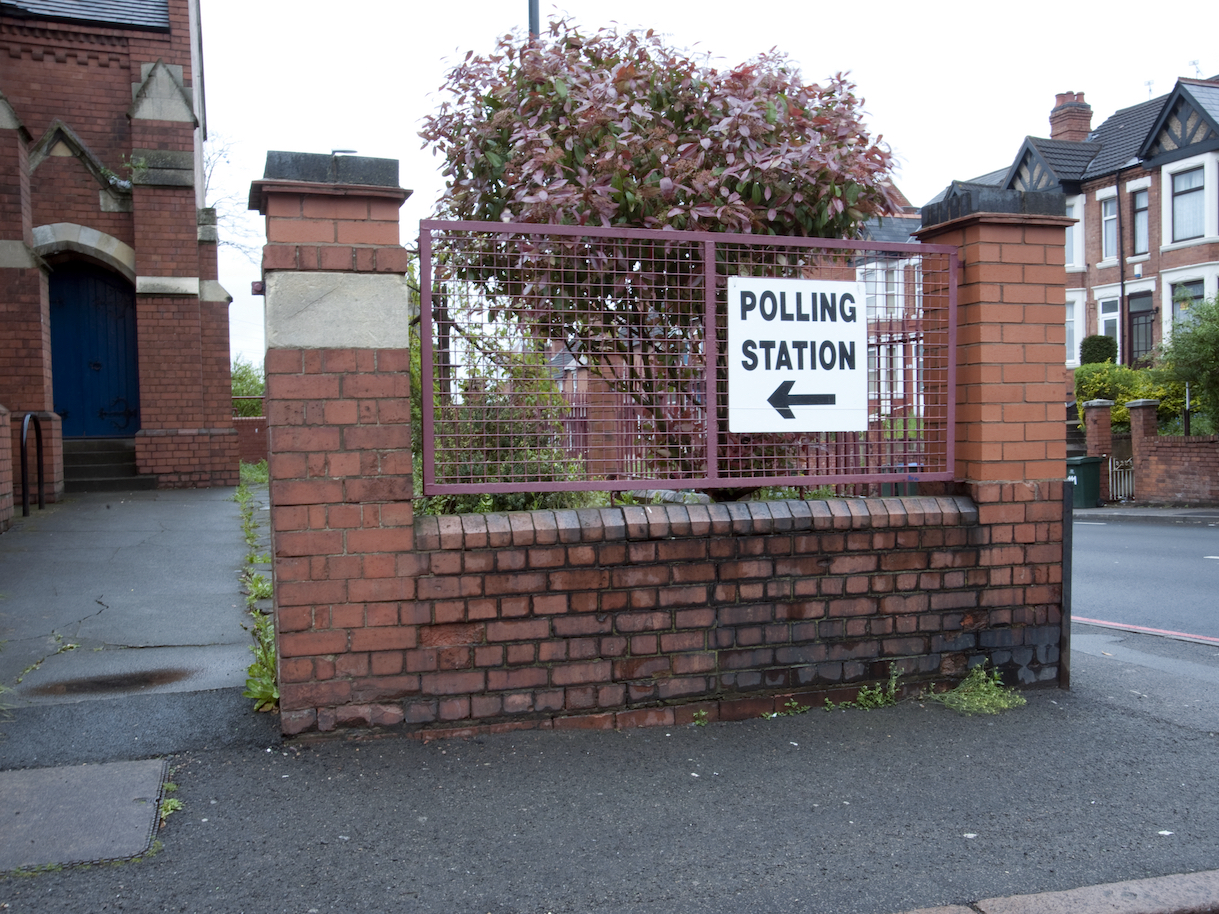The government has today formally moved writs in the House of Commons to trigger by-elections in the constituencies of Uxbridge and South Ruislip, and Selby and Ainsty.
The by-elections come as a result of the resignations last week of former prime minister Boris Johnson and his close ally Nigel Adams.
Johnson sensationally quit Westminster on Friday after launching an attack on the House of Commons privileges committee investigation into whether he misled MPs with his assurances over parties held in Downing Street during coronavirus lockdowns. Adams announced on Saturday that he was following the former PM to the commons exit door. It came after he did not appear on Johnson’s resignation honours list, despite being tipped by Johnson for a peerage.
The by-elections in Uxbridge and South Ruislip and Selby and Ainsty must now, according to commons rules, take place between 21 and 27 working days from the issuing of the writ. It means we could see the by-elections on 13 or 20 July as such elections take place on Thursdays.


But the newly-announced by-elections in Johnson and Adams’ former constituencies beg the question of what former culture secretary Nadine Dorries is up to. On Friday, Dorries was the first to announce she was resigning “with immediate effect” — ahead of Johnson and Adams.
Right now, it appears that Dorries is delaying her resignation potentially to prolong the by-election misery for the under-fire PM.
It means a by-election in Mid Bedfordshire may not happen until the autumn of the Conservatives’ annual conference. This assumes that the former culture secretary leaves it until the summer recess to formally resign her seat.
Delay the pain?
Dorries’ Mid Bedfordshire constituency has a 24,000 majority and is under threat from both Labour and the Liberal Democrats.
Comparatively, Selby and Ainsty, Nigel Adams’ constituency, has a majority of 20,137 and is primarily the target of the Labour party. Labour finished second at the 2019 general election in the constituency with 13,858 votes, compared to Adams’ 33,995. The seat has also only been Conservative since 2010, with the seat called Selby, prior to a review of parliamentary representation in Yorkshire, having been held by Labour.
Uxbridge and Ruislip is also a key target for Labour, who finished 7,210 votes behind Boris Johnson at the 2019 election.
It means Mid Bedfordshire is nominally the safest of the three seats up for grabs right now. And, crucially, it is not clear who is the heir apparent for the constituency, with Labour and the Liberal Democrats already battling to outcompete each other in the area.
In 2019, Labour won 14,028 votes compared to the Liberal Democrats’ 8,171. But the rural, affluent “blue wall” constituency would, in theory, make Sir Ed Davey’s party the core beneficiary of Conservative vote-switching.
Of course, a defeat in Mid Bedfordshire would compound a miserable few months for Sunak as he works to revive the Conservative party’s damaged brand ahead of the 2024 general election.
But one wonders how well Dorries’ “delay the pain” intentions will play out in a by-election that, compared to those in Uxbridge and Selby, is seemingly the safest.
If Sunak was to lose Selby and Uxbridge next month but hold Dorries’ Mid Bedfordshire seat in the Autumn it would provide a workable backdrop for Rishi Sunak at the Conservative Party conference later this year.
Dorries’ “delay the pain” goal, therefore, might ultimately be Sunak’s long-term gain.

